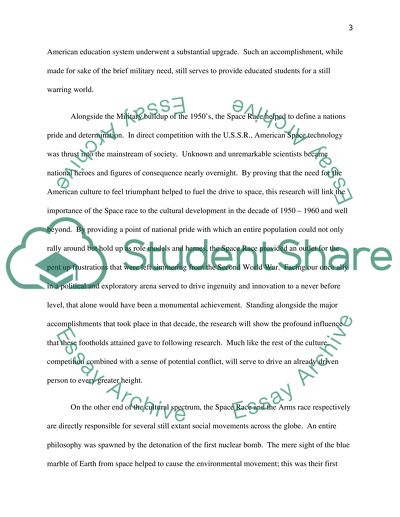Cite this document
(“The Lasting Social and Political impact of the 1950's Essay”, n.d.)
Retrieved from https://studentshare.org/english/1443662-how-did-the-arms-race-and-space-race-impact
Retrieved from https://studentshare.org/english/1443662-how-did-the-arms-race-and-space-race-impact
(The Lasting Social and Political Impact of the 1950'S Essay)
https://studentshare.org/english/1443662-how-did-the-arms-race-and-space-race-impact.
https://studentshare.org/english/1443662-how-did-the-arms-race-and-space-race-impact.
“The Lasting Social and Political Impact of the 1950'S Essay”, n.d. https://studentshare.org/english/1443662-how-did-the-arms-race-and-space-race-impact.


